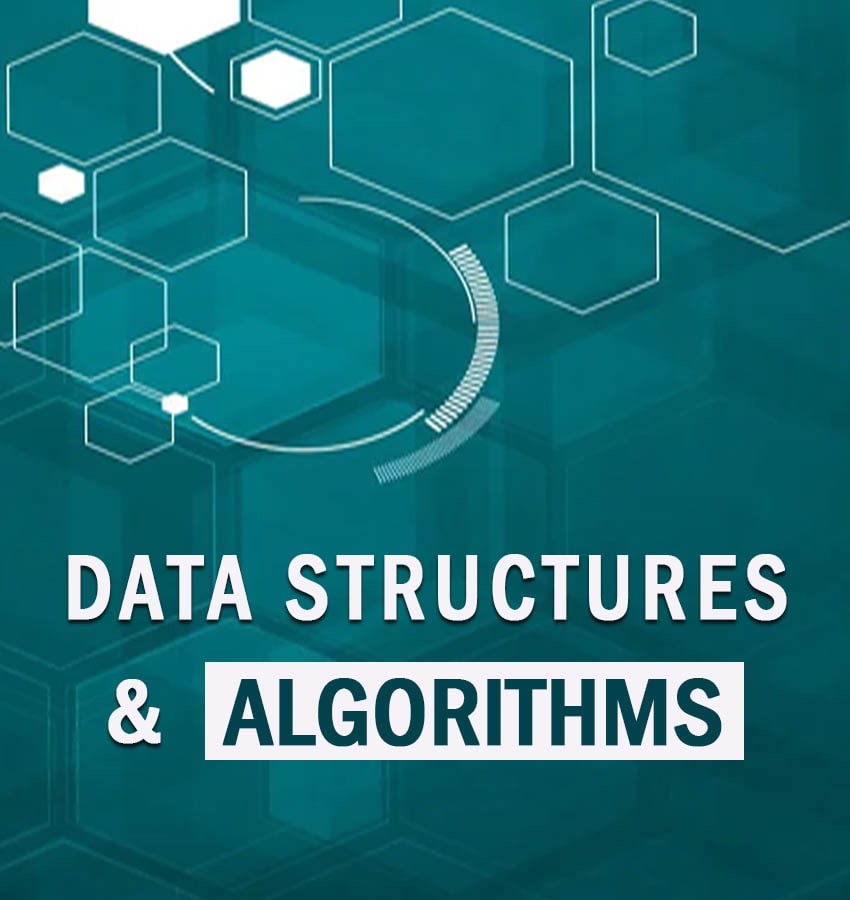Data structures serve as the fundamental components of a program, akin to the sturdy pillars supporting a grand structure. Utilizing appropriate data structures is crucial, as an improper choice can lead to unexpected program behavior.
During software development, two critical considerations are space and time complexities. These parameters directly impact the program's efficiency. A software application may function, but if it takes too long to produce output or consumes excessive memory, it may not be practical. These parameters are formally termed Time and Space complexities, and they are assessed when analyzing a program or algorithm.
One of the most basic data structures is the Array, capable of storing elements of the same data type, either singly or in multiple dimensions. However, array representations in memory may not be uniform. Lists, another data structure discussed in this course, can be represented using arrays or pointers. Using pointers can simplify operations like insertion and deletion and improve time complexity compared to array-based lists. The course also covers various types of lists.
Data structures enable programmers to mirror real-life data representation as closely as possible. For example, a Stack follows the last-in-first-out principle and can be implemented using Arrays or Linked lists. Multiple stacks are also covered. A Queue adheres to a first-in-first-out approach and can be implemented using arrays or pointers, with pointer-based queues offering more flexibility. Dequeue is another topic included in the course.
Trees are a significant data structure, with applications in various real-life scenarios. The course discusses Binary Trees, Trees, and various tree traversal methods. Advanced versions such as Binary Search Trees, AVL Trees, and B-Trees are explored.
Graphs come in two types:
- Directed paths
- Undirected paths
The course addresses representing graphs to maintain connectivity and discusses algorithms like Dijkstra's, Kruskal's, and Prim's for finding shortest paths and minimum-cost spanning trees.
Searching is a common operation in software, and the course covers various search algorithms. Sorting is another frequent task, with discussions on Quick Sort, Heap Sort, Bubble Sort, and Merge Sort. File structures and different file organizations are included as well.
The course delves into advanced data structures like Splay Trees, Red-black Trees, and AA Trees. Students are encouraged to simulate programs manually before executing them on a computer, as not all programs may run seamlessly. It's essential for students to write their own programs and avoid copying course materials for a more comprehensive learning experience.





